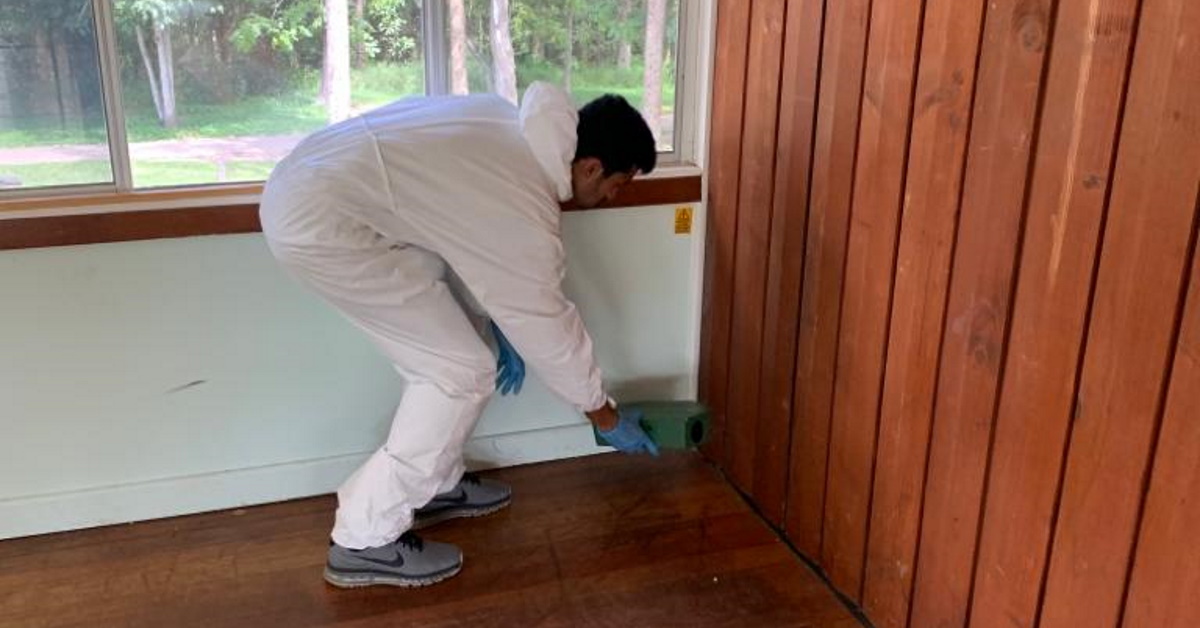When we think of wasps, we often associate them with sunny summer days and outdoor picnics. But did you know that weather actually plays a significant role in the growth and behavior of these buzzing insects? From temperature changes to humidity levels, there are numerous factors that can impact wasp nests and their inhabitants. In this blog post, Wasp Removal Brooklyn will explore how different types of weather conditions affect the development and activities of wasps within their colonies – from hatching new eggs to defending against predators. So grab your umbrella or sunglasses (depending on the forecast), and let's dive into the fascinating world of wasp ecology!
Introduction to Wasps and Their Nests
As the temperature begins to warm in spring, wasps begin to emerge from their winter hibernation. Wasps are social insects that live in colonies of anywhere from a few hundred to several thousand individuals. The colony is led by a queen who is the only reproducing female. The other members of the colony are sterile females, called workers, and males, called drones.
The primary food source for wasps is other insects. They are particularly fond of caterpillars and will often build their nests near areas where caterpillars are abundant. Wasps will also feed on nectar and honeydew, a sweet substance secreted by aphids.
Wasps build their nests out of a paper-like material that they produce by chewing wood fiber and mixing it with saliva. The size and shape of the nest depends on the species of wasp. Some common types of wasps include yellowjackets, hornets, and paper wasps.
Nests are typically built in protected locations such as hollow trees, attics, or beneath porches. As the weather begins to cool in autumn, wasp activity slows down and the colony starts to prepare for winter. The queen will stop laying eggs and the workers will stop bringing food into the nest. The colony will remain dormant until spring when the cycle begins anew.
What Types of Weather Conditions Impact Wasp Nest Growth?
The weather can have a significant impact on the growth and behavior of wasps in their nests. Wasps are highly sensitive to changes in temperature and humidity, and these conditions can affect their reproductive cycle, foraging behavior, and overall health.
Wasps are most active during the warmer months of the year, and this is when they are most likely to build their nests. However, if the temperature drops too low, the wasps will become less active and may even die. Wasps also need a certain amount of moisture to survive, so dry conditions can impact their nest growth.
High winds can also be a problem for wasp nests, as they can cause the nests to collapse. Heavy rainstorms can also cause problems, as the water can damage the delicate structure of the nest.
How Does Weather Affect Wasp Behavior?
The weather can have a big impact on wasp behavior. If it’s too cold, they will be less active and may even die. If it’s too hot, they will be more active and may become aggressive. Wasps are also affected by changes in barometric pressure. When the pressure drops, they become more active and when it rises, they become less active.
Tips For Wasp Nest Removal in Different Weather Conditions
In the spring and summer, wasps are most active and their nests can grow quickly. During these months, it’s best to remove wasp nests at night when they are less active. In the fall, wasps are preparing for winter and their nests are smaller. This is the best time to remove a wasp nest because the wasps are less aggressive. In the winter, wasps are inactive and their nests are abandoned. However, it’s still important to be careful when removing a wasp nest in the winter because the Wasps can become aggressive if they feel threatened.
Conclusion
In conclusion, the weather has a huge impact on the growth and behavior of wasps in their nests. Temperature, humidity, wind speed and direction can all affect how quickly wasps grow and develop in their nests. Knowing these conditions is important for understanding how best to control wasp populations. With careful monitoring of the environment around a nest, it is possible to keep them under control without resorting to harsh chemicals or other measures that may not be safe for humans or wildlife.





Comments